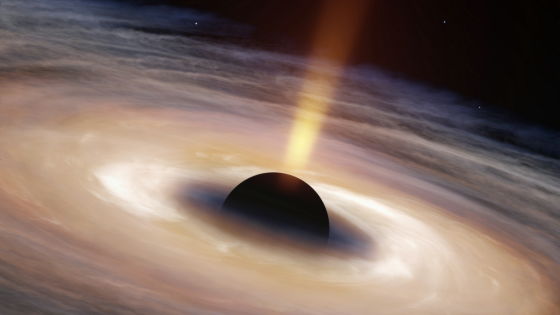Construction plan for the giant gravitational wave observation facility 'Einstein Telescope' with a total length of several kilometers is underway

Gravitational wave observation facilities are being constructed all over the world with the aim of observing '
Home --Einstein Telescope
https://www.einsteintelescope.nl/
The Einstein Telescope is an observatory that aims to observe gravitational waves, not celestial bodies such as planets and stars. Gravitational waves are phenomena in which the 'distortion of space-time' that occurs when an object with weight moves is transmitted like a wave, and its existence is predicted by the general theory of relativity derived by Einstein. It is predicted that this gravitational wave has characteristics such as 'penetrating an object' and 'not decaying', and by effectively utilizing the gravitational wave, it will be possible to observe the universe at a distance that is impossible with the method using light. It is expected.

In order for human beings living on the earth to observe gravitational waves, it is necessary to detect gravitational waves associated with big events such as 'black hole coalescence' and 'neutron star coalescence' that occur in outer space. To achieve this, huge facilities for detecting gravitational waves have been constructed in various parts of the world including Japan, and in 2015, LIGO in the United States succeeded in observing the gravitational waves generated by the coalescence of black holes. Did.

The Einstein Telescope is planned to be constructed in the border area of the Netherlands, Germany and Belgium as a gravitational wave detection facility. The planned construction site is 200m to 300m underground, and the total length of the observatory is several kilometers. In addition, the Einstein telescope is designed for sensitivity that can detect a distance of 1 / 10,000 of a proton, which makes it possible to detect gravitational waves generated at a distance of up to 1000 times that of existing gravitational wave observation facilities. Become. The official website of the Einstein Telescope states, 'By making it possible to detect weak gravitational waves that cannot be detected by existing gravitational wave observation facilities, the accurate structure of neutron stars, the birth of black holes, and the structure of the universe immediately after the big bang can be seen. We will be able to study. We would like to use these discoveries to gain new insights into the universe. '

In Japan, a large low-temperature gravity wave telescope 'KAGRA' is being constructed in Hida City, Gifu Prefecture. Details of KAGRA are explained in detail on the following official website.
KAGRA Large Cold Gravity Wave Telescope
https://gwcenter.icrr.u-tokyo.ac.jp/

Related Posts:
in Science, Posted by log1o_hf







